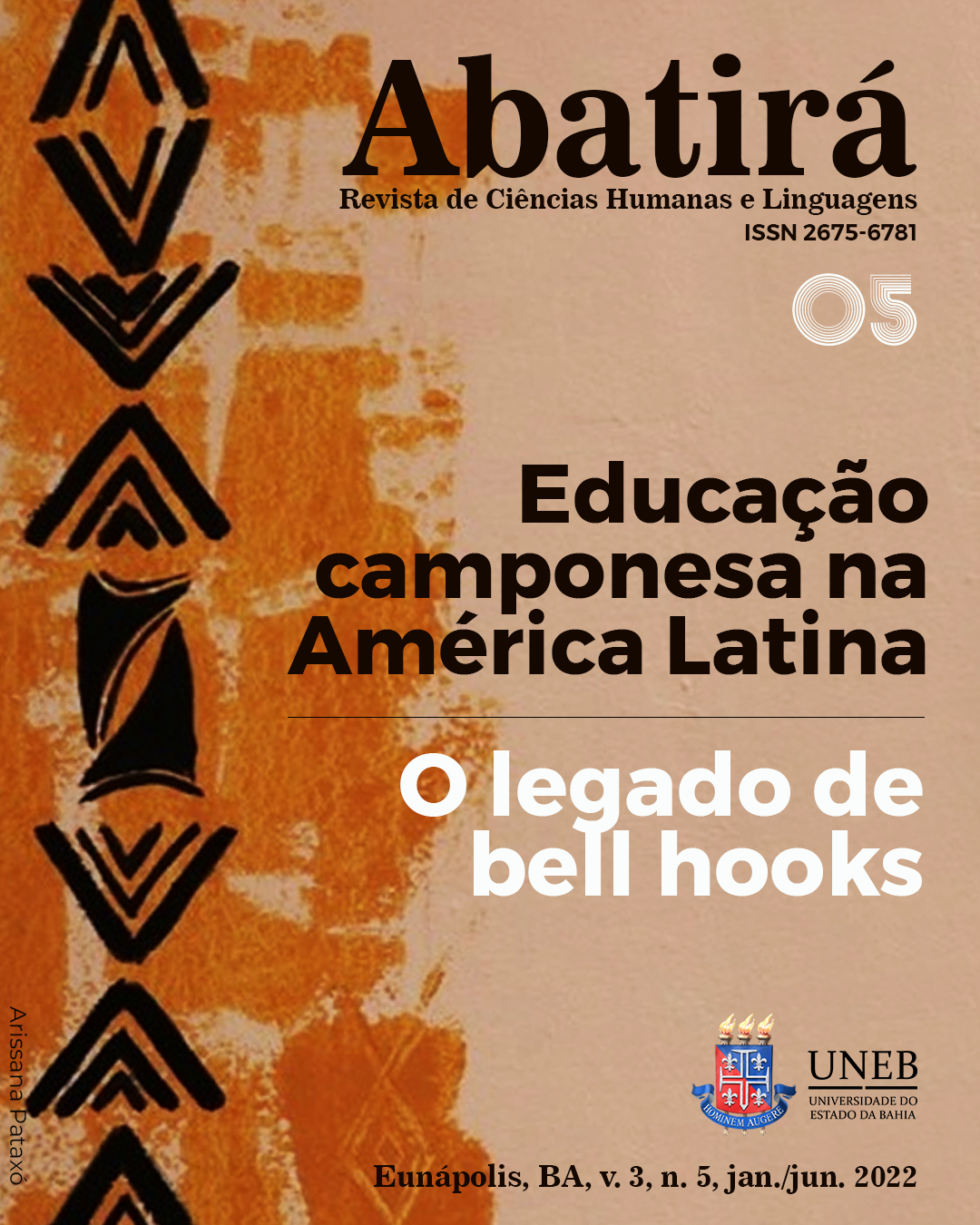Training process in the UEN Hilda Fernández, San Antonio del Morichal, Gran Sabana
Keywords:
Educational process, Concentrated rural school, Pemon ethnic group, Pre-school phase, primary educationAbstract
The purpose of the study was to describe the educational process developed in an educational unit, located in the San Antonio del Morichal community, in Bolívar state. This is identified as a concentrated rural school, which offers initial education and primary education, to children of the Pemón ethnic group. To collect the information, the mixed research method was applied, which included a documentary review and a descriptive study with a field design. Content analysis was applied to the documents reviewed and to the semi-structured interview with the key informant. The results showed that classes are taught in the preschool stage of initial education, and the six grades of primary education. Three languages are used: the native language, Spanish and the Portuguese language. Some of the training activities in the Preschool stage are carried out jointly with the three groups and some in a particular way with the children of the third group, as they are the oldest. As for primary activities, the six grades are worked on jointly, through learning projects. Three projects are developed per year. Additionally, cultural and recreational activities are carried out, such as meetings with the elderly. The results of the study indicate that there are no significant differences in the educational process taught in the selected educational unit with that of urban schools. The effort made by the teachers to maintain the customs and knowledge of the Pemón ethnic group to the students was particularly significant; as well as to avoid school desertion, by not having educational centers that allow them to continue their studies at the level of general secondary education and technical secondary education.
Downloads
References
Comunidad Indígena San Antonio del Morichal, Acta Constitutiva Nro. 02584917. Junio 13, 1960. Santa Elena de Uairén, estado Bolívar, Venezuela
Constitución de la República Bolivariana de Venezuela (1999). Gaceta Oficial del jueves 30 de diciembre de 1999, N° 36.860. Caracas, Venezuela
Currículo Básico Nacional de Educación Inicial. (2005). Ministerio del Poder Popular para la Educación. Caracas. Venezuela
Currículo de la Educación Bolivariana. (2007). Ministerio del Poder Popular para la Educación. Caracas. Venezuela
Diccionario geográfico del estado Bolívar, Volumen 2 (1999). Servicio Autónomo de Geografía y Cartografía Nacional Caracas, Venezuela
Estado Bolívar (Venezuela). (2020, junio 19). EcuRed. Consultado enero19, 2022 en https://www.ecured.cu/index.php?title=Estado_Bol%C3%ADvar_(Venezuela)&oldid=3705863.
Grupo Orinoco (2021). Guion para la formulación de una estrategia de desarrollo para Guayana en Petróleo y extractivismo en Venezuela: propiedad, diversificación y Estado. Ronald Balza Guanipa, Ramón Key y Luis Zambrano Sequín Coordinadores
Ley Orgánica de Pueblos y Comunidades Indígenas (2005): Gaceta oficial no. 38.344 del 27 de diciembre del año 2005. República Bolivariana de Venezuela, Asamblea Nacional, 2010. Caracas, Venezuela
MARTENS, R. (2018). La ordenación del territorio en Venezuela y su impacto en las comunidades indígenas del municipio Gran Sabana-estado Bolívar. Boletín Antropológico, vol. 36, núm. 96, pp. 274-306, 2018. Universidad de los Andes. Mérida, Venezuela
Ministerio de Educación y Deportes (05 enero, 2000). Resolución 266. Régimen de evaluación para la primera y segunda etapas de la Educación Básica. G.O. N° 5428 de fecha 05 de enero 2000. Caracas, Venezuela
Ministerio del Ambiente y de los Recursos Naturales Renovables, Servicio Autónomo de Geografía y Cartografía Nacional, 1999
Ministerio del Poder Popular para la Educación. (20189. Orientaciones Pedagógicas para el año escolar 2028-2019. Planes, proyectos y programas. Caracas. Venezuela.
Downloads
Published
How to Cite
Issue
Section
License

Este trabalho está licenciado sob uma licença Creative Commons Attribution 4.0 International License.Você é livre para:
Compartilhar - copia e redistribui o material em qualquer meio ou formato; Adapte - remixe, transforme e construa a partir do material para qualquer propósito, mesmo comercialmente. Esta licença é aceitável para Obras Culturais Livres. O licenciante não pode revogar essas liberdades, desde que você siga os termos da licença.
Sob os seguintes termos:
Atribuição - você deve dar o crédito apropriado, fornecer um link para a licença e indicar se alguma alteração foi feita. Você pode fazer isso de qualquer maneira razoável, mas não de uma forma que sugira que você ou seu uso seja aprovado pelo licenciante.
Não há restrições adicionais - Você não pode aplicar termos legais ou medidas tecnológicas que restrinjam legalmente outros para fazer qualquer uso permitido pela licença.





